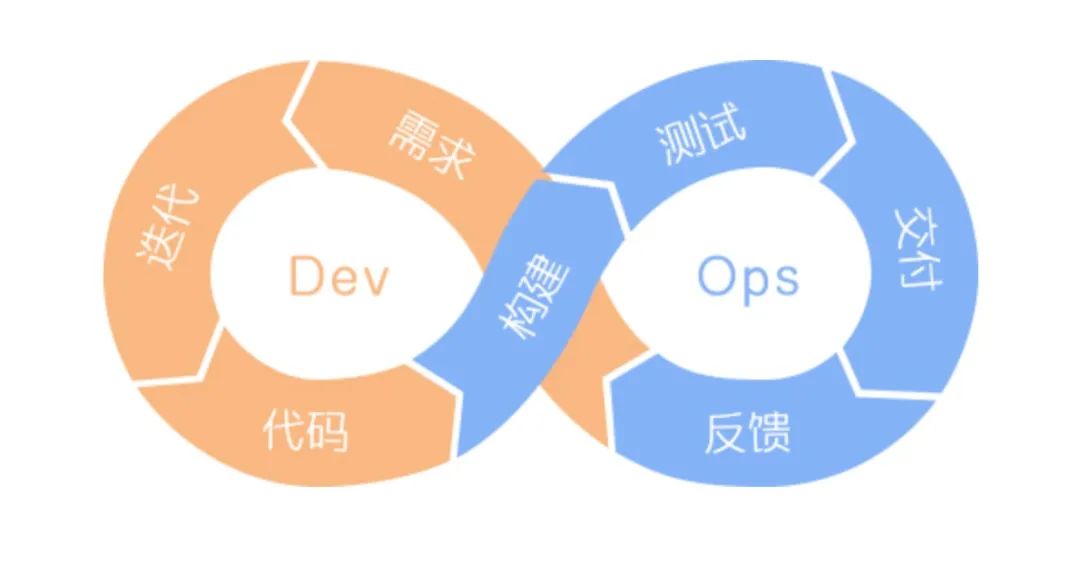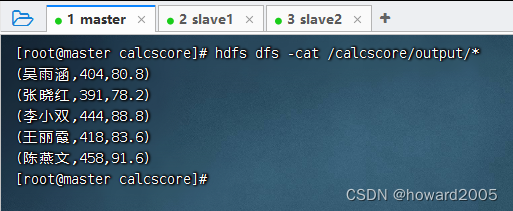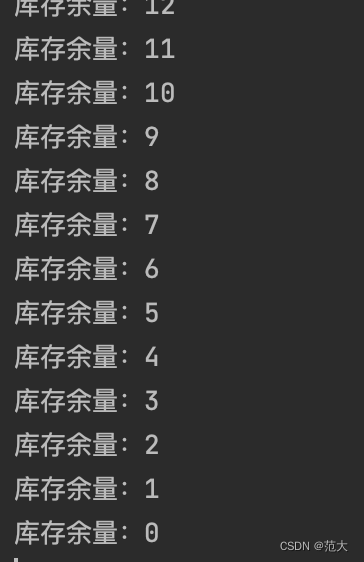目录
一、栈的概念
二、栈的使用
(1)主要方法
(2)实例演示
三、栈的模拟实现
四、栈相关练习题
(1)有效的括号
(2)栈的压入、弹出序列
(3)逆波兰表达式求值
(4)用栈实现队列
一、栈的概念
栈:一种特殊的线性表,其只允许在固定的一端进行插入和删除元素操作。进行数据插入和删除操作的一端称为栈顶,另一端称为栈底。栈中的数据元素遵守后进先出LIFO(Last In First Out)的原则。
压栈:栈的插入操作叫做进栈/压栈/入栈,入数据在栈顶。
出栈:栈的删除操作叫做出栈。出数据在栈顶。
观察栈顶元素,而不动栈的结构:peek
Stack继承了Vector,Vector和ArrayList类似,都是动态的顺序表,不同的是Vector是线程安
全的。
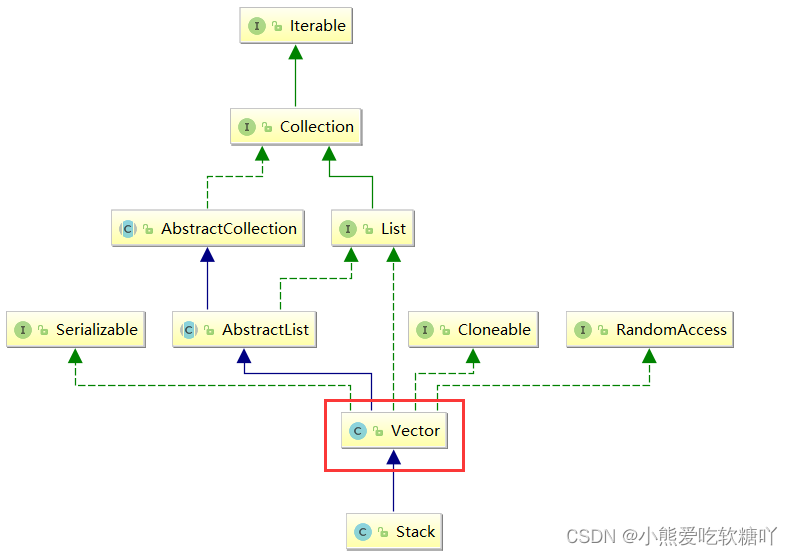
二、栈的使用
(1)主要方法
| 方法 | 功能 |
| Stack() | 构造一个空栈 |
| E push(E e) | 将e入栈,并返回e |
| E pop() | 将栈顶元素出栈 |
| E peek() | 获取栈顶元素 |
| int size() | 获取栈中有效元素 |
| boolean empty() | 检测栈是否为空 |
(2)实例演示
import java.util.Stack;
public class Demo {
public static void main(String[] args) {
Stack<Integer> s = new Stack();
s.push(1);
s.push(2);
s.push(3);
s.push(4);
System.out.println(s.size()); // 获取栈中有效元素个数,4
System.out.println(s.peek()); // 获取栈顶元素,4
s.pop(); // 4出栈,栈中剩余1 2 3,栈顶元素为3
System.out.println(s.pop()); // 3出栈,栈中剩余1 2 栈顶元素为3
if(s.empty()){
System.out.println("栈空");
}else{
System.out.println(s.size());
}
}
}
三、栈的模拟实现
// 元素类型固定为 long 类型
// 使用数组(顺序表)实现栈
// 使用尾插:压栈
// 使用尾删:弹栈
// 不考虑扩容等问题
public class Stack {
private final long[] array = new long[100];
private int size = 0; // 记录为 top 也可以
public int size() {
return size;
}
public boolean isEmpty() {
return size() == 0;
}
public void push(long x) {
array[size++] = x; // 尾插
}
public long pop() {
if (isEmpty()) {
throw new RuntimeException("栈是空的");
}
return array[--size]; // 尾删
}
public long peek() {
if (isEmpty()) {
throw new RuntimeException("栈是空的");
}
return array[size - 1];
}
public static void main(String[] args) {
Stack stack = new Stack();
stack.push(1);
stack.push(2);
stack.push(3);
stack.push(4);
System.out.println(stack.peek()); // 4
stack.push(5);
System.out.println(stack.peek()); // 5
stack.push(6);
System.out.println(stack.pop()); // 6
System.out.println(stack.pop()); // 5
}
}四、栈相关练习题
(1)有效的括号
20. 有效的括号
难度简单3645
给定一个只包括
'(',')','{','}','[',']'的字符串s,判断字符串是否有效。有效字符串需满足:
- 左括号必须用相同类型的右括号闭合。
- 左括号必须以正确的顺序闭合。
- 每个右括号都有一个对应的相同类型的左括号。
示例 1:
输入:s = "()" 输出:true示例 2:
输入:s = "()[]{}" 输出:true示例 3:
输入:s = "(]" 输出:false
class Solution {
public boolean isValid(String s) {
Stack <Character> stack = new Stack<>();
for(int i=0;i<s.length();i++){
char c=s.charAt(i);
if((c=='(')||(c=='[')||(c=='{')){
stack.push(c);
continue;
}else{
if(!stack.empty()){
char e=stack.pop();
if(!isMatch(c,e)){
return false;
}
}else{
return false;
}
}
}
if(stack.empty()){
return true;
}else{
return false;
}
}
public boolean isMatch(char c,char e) {
if((e=='('&&c==')')||(e=='['&&c==']')||(e=='{'&&c=='}')){
return true;
}else{
return false;
}
}
}
(2)栈的压入、弹出序列
【Java版oj】栈的压入、弹出序列_小熊爱吃软糖吖的博客-CSDN博客
(3)逆波兰表达式求值
【Java版oj】逆波兰表达式求值_小熊爱吃软糖吖的博客-CSDN博客
(4)用栈实现队列
232. 用栈实现队列
请你仅使用两个栈实现先入先出队列。队列应当支持一般队列支持的所有操作(
push、pop、peek、empty):实现
MyQueue类:
void push(int x)将元素 x 推到队列的末尾int pop()从队列的开头移除并返回元素int peek()返回队列开头的元素boolean empty()如果队列为空,返回true;否则,返回false说明:
- 你 只能 使用标准的栈操作 —— 也就是只有
push to top,peek/pop from top,size, 和is empty操作是合法的。- 你所使用的语言也许不支持栈。你可以使用 list 或者 deque(双端队列)来模拟一个栈,只要是标准的栈操作即可。
示例 1:
输入: ["MyQueue", "push", "push", "peek", "pop", "empty"] [[], [1], [2], [], [], []] 输出: [null, null, null, 1, 1, false] 解释: MyQueue myQueue = new MyQueue(); myQueue.push(1); // queue is: [1] myQueue.push(2); // queue is: [1, 2] (leftmost is front of the queue) myQueue.peek(); // return 1 myQueue.pop(); // return 1, queue is [2] myQueue.empty(); // return false
class MyQueue {
private Stack <Integer> stack1=new Stack<>();//用来放元素
private Stack <Integer> stack2=new Stack<>();//用来出元素
public MyQueue() {
}
public void push(int x) {
stack1.push(x);
}
public int pop() {
if(empty()){
return 0;
}
if(stack2.empty()){
while(!stack1.empty()){
int elem=stack1.pop();
stack2.push(elem);
}
}
return stack2.pop();
}
public int peek() {
if(empty()){
return 0;
}
if(stack2.empty()){
while(!stack1.empty()){
int elem=stack1.pop();
stack2.push(elem);
}
}
return stack2.peek();
}
public boolean empty() {
return stack1.empty()&&stack2.empty();
}
} 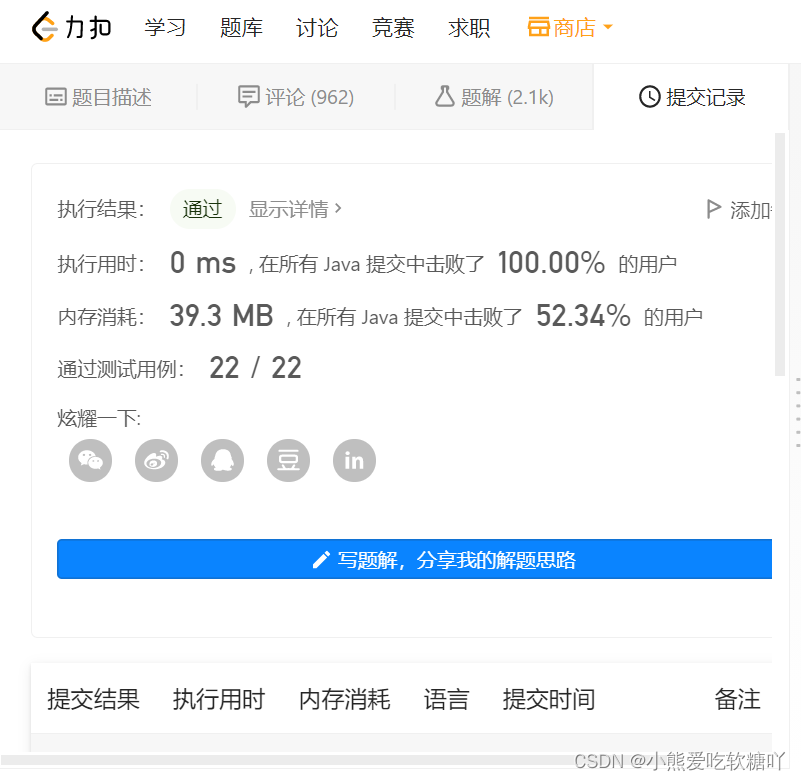







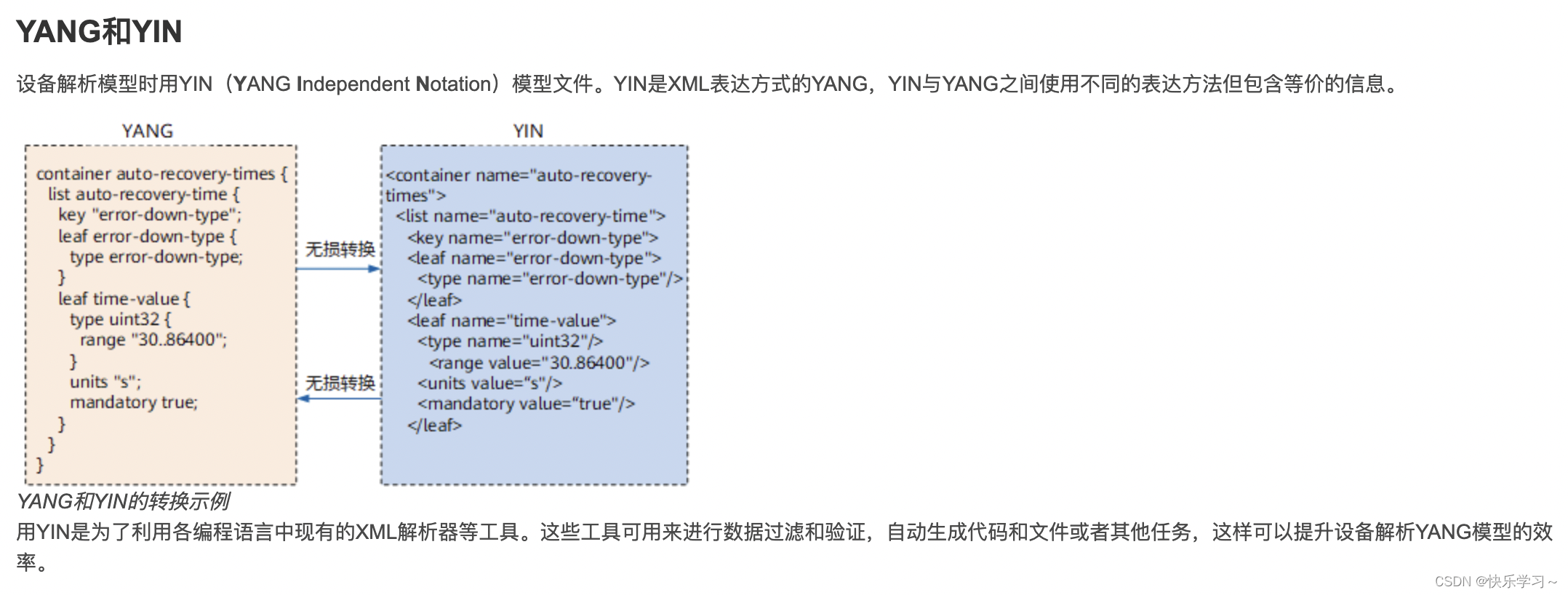





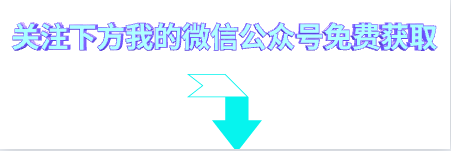
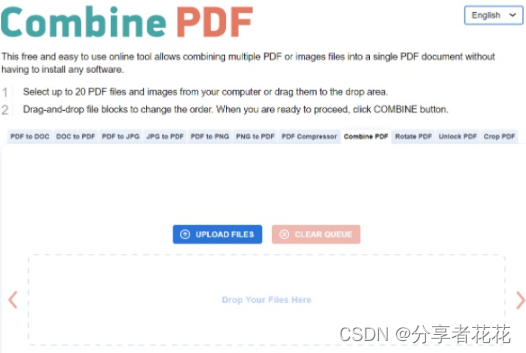
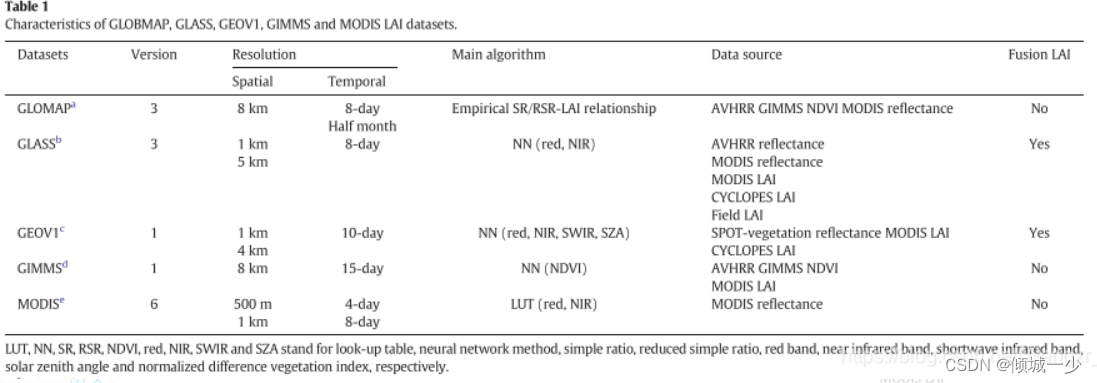
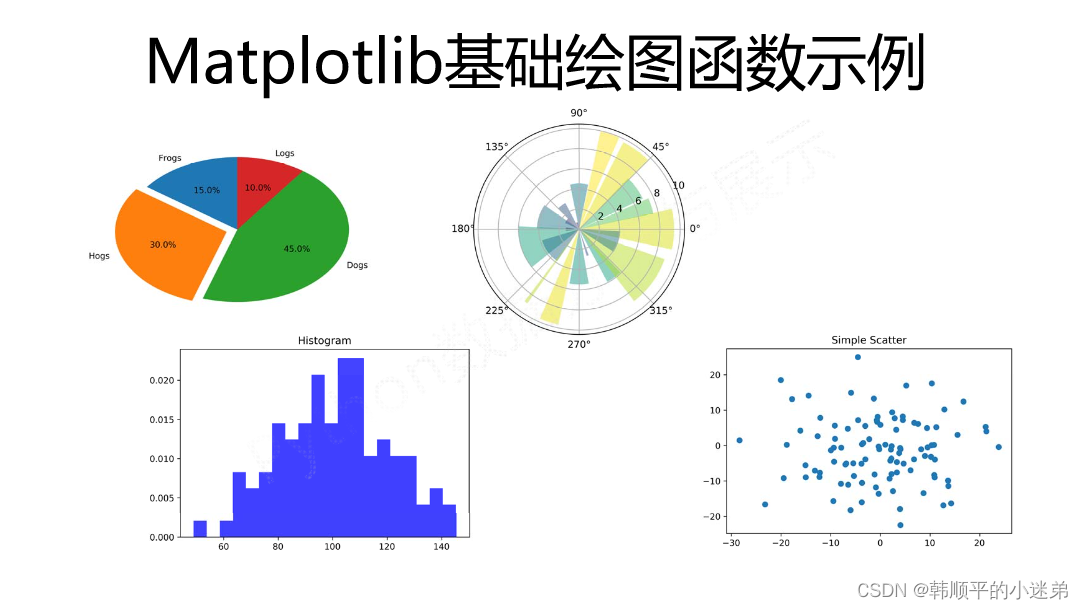
![[附源码]Python计算机毕业设计果蔬预约种植管理系统Django(程序+LW)](https://img-blog.csdnimg.cn/5eb5f6d76eff4bc8861e24ed00e45de4.png)
